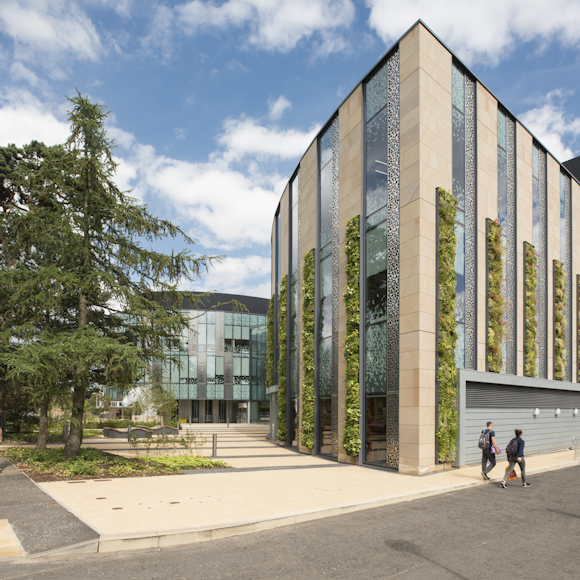The term ‘biodiversity’ is the shortened form of two words, “biological” and “diversity”. It refers to the variety of all living things on Earth as well as the communities they form and the habitats they live in.
Perform a quick Google search for images of biodiversity and you’ll be faced with stunning wildlife, tropical rainforests and blue oceans, all which are invaluable to sustaining life.
But when we talk about urban biodiversity, what exactly do we mean?
What is urban biodiversity?
With over 55% of the world’s population living in cities, projected to reach 68% by 2050, it’s now more important than ever to understand how biodiversity can be achieved in urban environments. Let’s explore why.
Thousands of years ago, humans began to form communities, which eventually grew to become huge cities. As a matter of fact, the very first cities were founded in Mesopotamia after the Neolithic Revolution, around 7500 BCE – that’s over 9,500 years ago. So, although urban environments aren’t anything new, the recent problems lie in the huge volume of concrete, roads, and cars that produce carbon emissions, creating difficult environments for plants and animals to thrive in – and it’s urban biodiversity that aims to reduce these issues as much as possible.

How urban biodiversity can be achieved
Using natural resources, clever design, and efficient use of space, there are steps we can take as a collective to both encourage and directly improve urban biodiversity. This includes:
Lowering carbon footprint with sustainable architecture
By using sustainably sourced woods, recycled materials, and eco-friendly cement alternatives for the construction of buildings, carbon footprint levels can be lowered substantially. Buildings can also be fitted with enhanced waste management solutions as well as energy-efficient technology. All of which plays a part in lowering carbon footprints, reducing climate change effects and ultimately, encouraging urban biodiversity.

Nurture wildlife with green space
Providing options for wildlife to travel, find new mates, as well as new water and food sources is extremely important to urban biodiversity. This can be achieved by implementing green ‘connections’ or ‘corridors’ within urban environments. For example, the bush or shrubbery provides a physical barrier for larger animals and people, but allows for small animals to manoeuvre freely from garden to garden.

Improving air quality with living wall and green roof systems
Living wall and green roof systems can be installed for both existing and new build developments. They provide natural soils and plants to the exterior or interior of a building and help improve air quality for the surrounding life. While enabling a sense of well-being and enhancing the visual aspects of a space too, living wall and green roof systems offer the ideal solution for maximising environmental gain in space-restricted areas such as cities.

Urban biodiversity with Viritopia
At Viritopia, we understand the value of urban biodiversity, which is why we use living wall and green roof systems to make the world a greener place. We’re passionate about bringing plant life to cities across the world and have done so in over 21 countries - you could say improving well-being, air quality, and increasing biodiversity is what we live for. If you’d like to find out more about our work and how we can bring green infrastructure to your project, view our recent case studies or contact our expert team today, we’d love to help.

